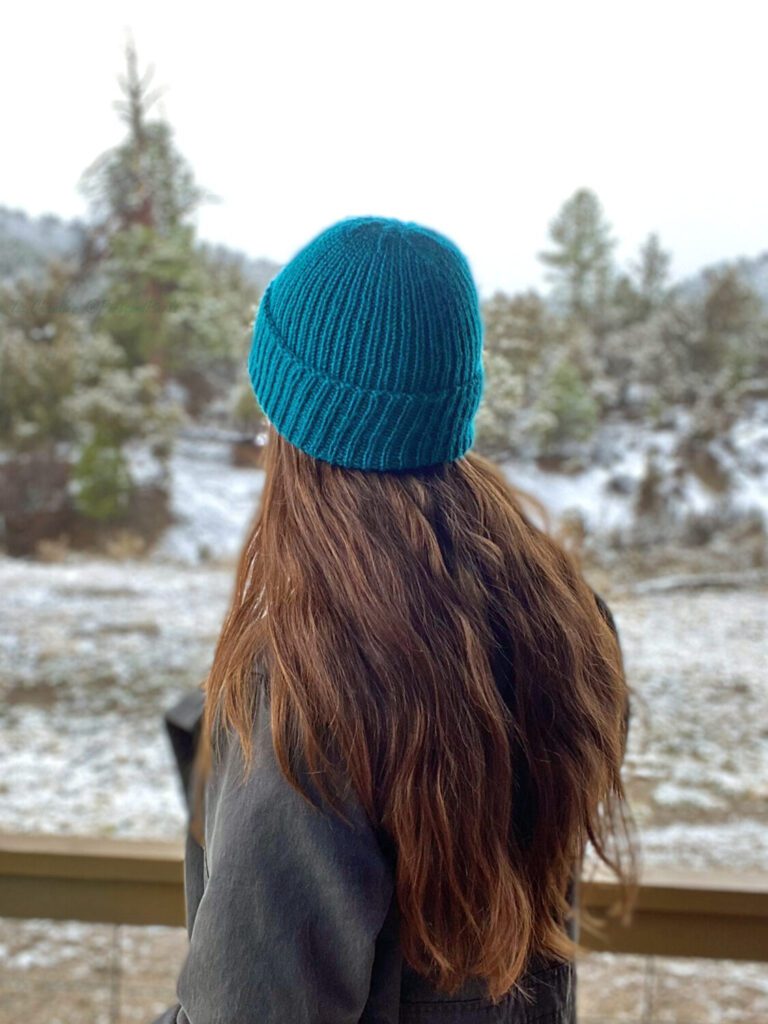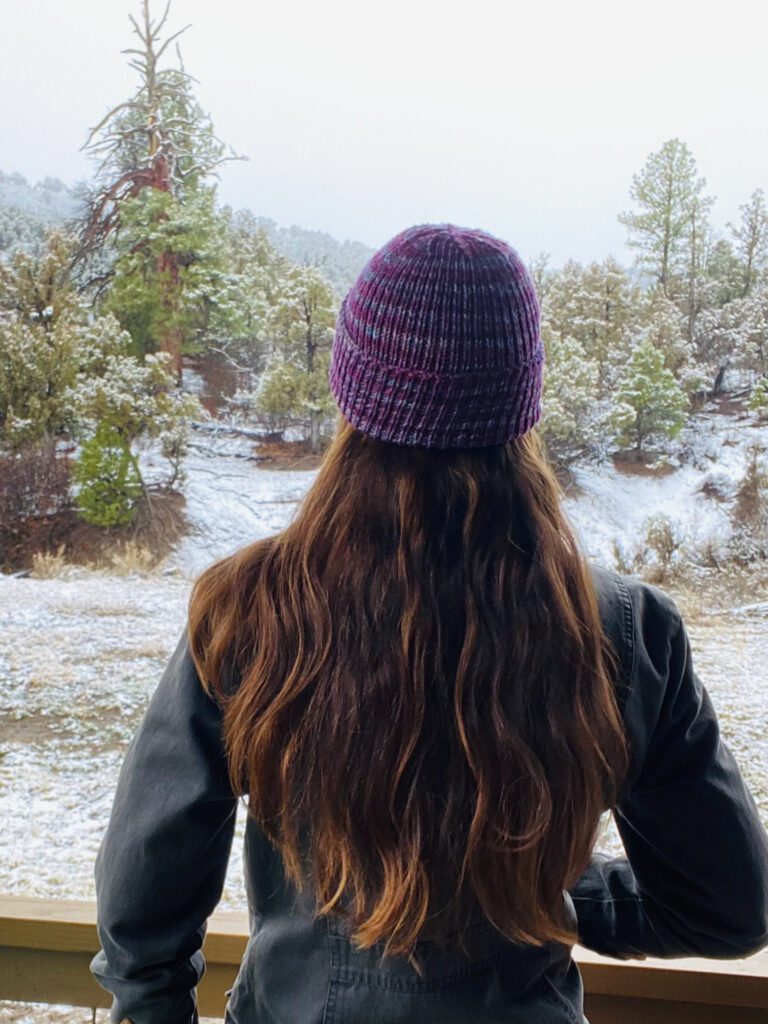Pollinator-Friendly Gardening in the High Desert of Southwest Colorado 🌱
Gardening in the high desert of Southwest Colorado is not for the faint of heart, but let’s be real: neither am I. 😉 With scorching summers, bone-dry soil, and surprise frosts that show up like an uninvited guest, you have to work with nature, not against it. And that means going local. Native plants don’t just survive here; they thrive with minimal effort, leaving you more time to sip your iced tea and admire your handiwork. Plus, choosing native plants for high desert gardening ensures your landscape is pollinator-friendly and sustainable.
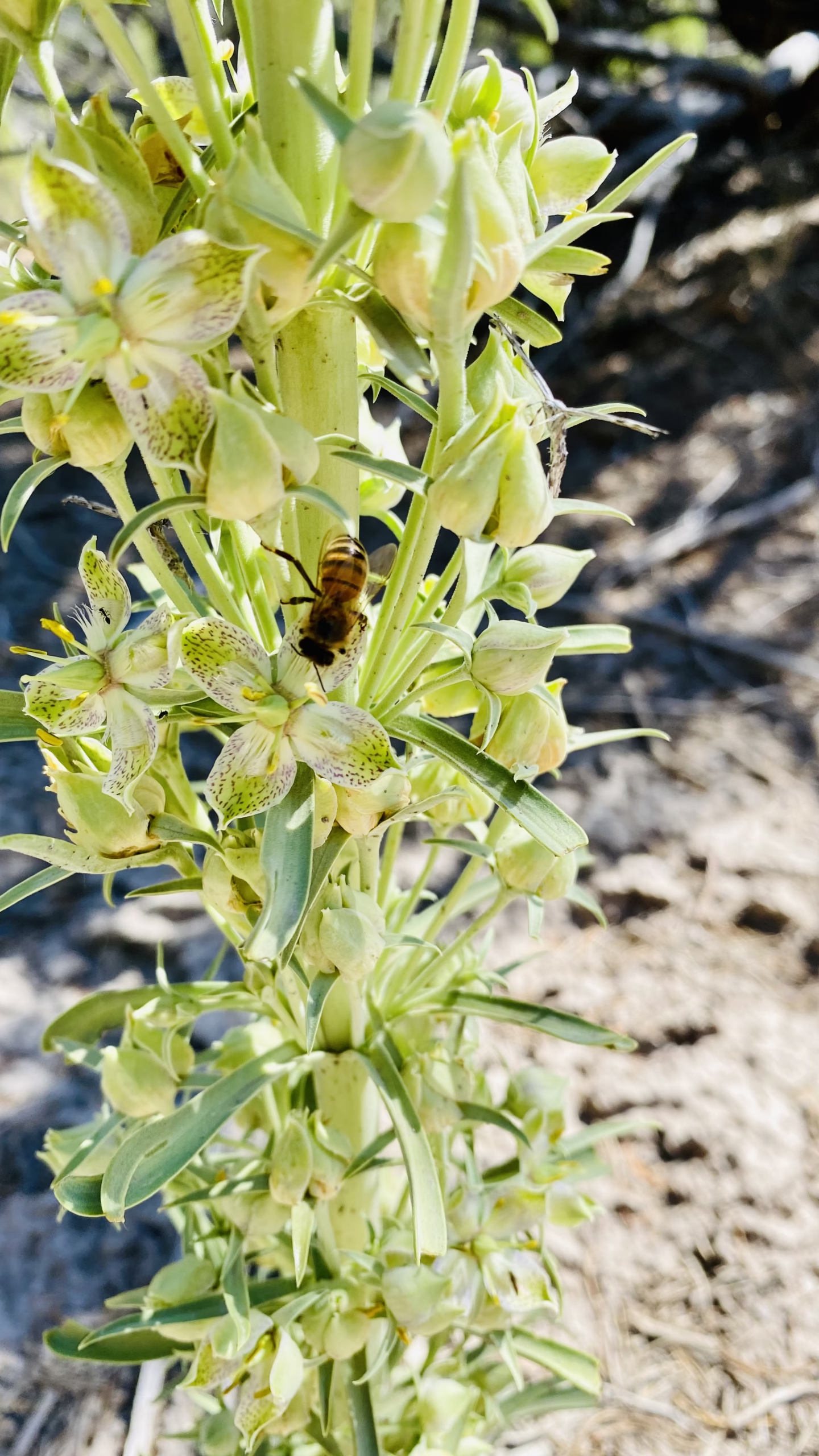
Yarrow and Honeybees 🍯🐝
If there is one plant that honeybees absolutely adore, it is yarrow (Achillea millefolium). With its delicate clusters of tiny flowers in white, pink, or yellow, yarrow is like an all-you-can-eat buffet for pollinators. This tough, drought-tolerant plant thrives in high desert conditions and keeps the bees happy all summer long. Plus, it doubles as a medicinal herb for humans, so you get a win-win situation with beauty, biodiversity, and practical uses.
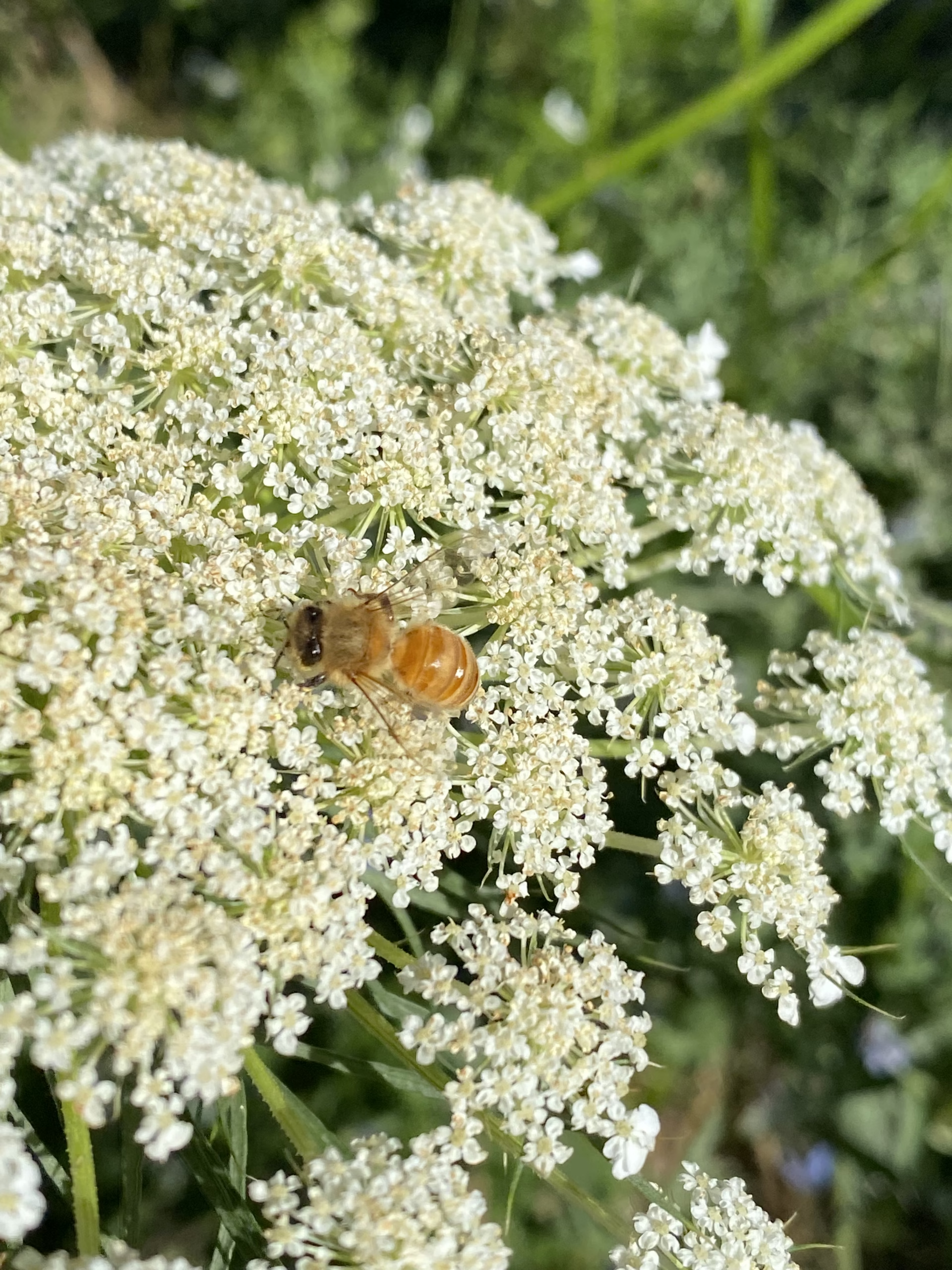
Native Plants That Laugh in the Face of Drought 🌵
After years of experimenting (and watching many ill-fated garden center plants meet their untimely demise), I have learned that native perennials, shrubs, and flowers are the best way to go. Native plants for high desert conditions are built tough, and they attract beneficial pollinators while requiring minimal water. Here are some of my all-time favorites:
- Rocky Mountain Penstemon (Penstemon strictus): These bright purple-blue flowers are the life of the party, attracting hummingbirds, bees, and compliments from passersby.
- Rabbitbrush (Ericameria nauseosa): If you need a plant that thrives on neglect and explodes in golden blooms in late summer, this one’s for you.
- Serviceberry (Amelanchier alnifolia): Delicious berries and a great shade provider? It’s a win-win for humans and wildlife alike.
- Apache Plume (Fallugia paradoxa): This beauty gives you delicate white flowers and feathery pink seed heads–like a desert fairy tale come to life.
- Yucca (Yucca glauca): Tough, spiky, and fiercely independent–basically the Clint Eastwood of desert plants.

How to Find Pollinator Magnets for Your Region 🐝
Not all pollinators are fuzzy, friendly bees! Wasps may look intimidating, but they play an important role in your garden. If you take a peek inside the Rocky Mountain Penstemon at night, you might just find a wasp curled up asleep. While they might not be the first insects you want to befriend, wasps are fantastic at keeping aphids and other pesky garden pests under control. So, the next time you see one snoozing in a flower, give it a little nod of appreciation for its pest-control services.
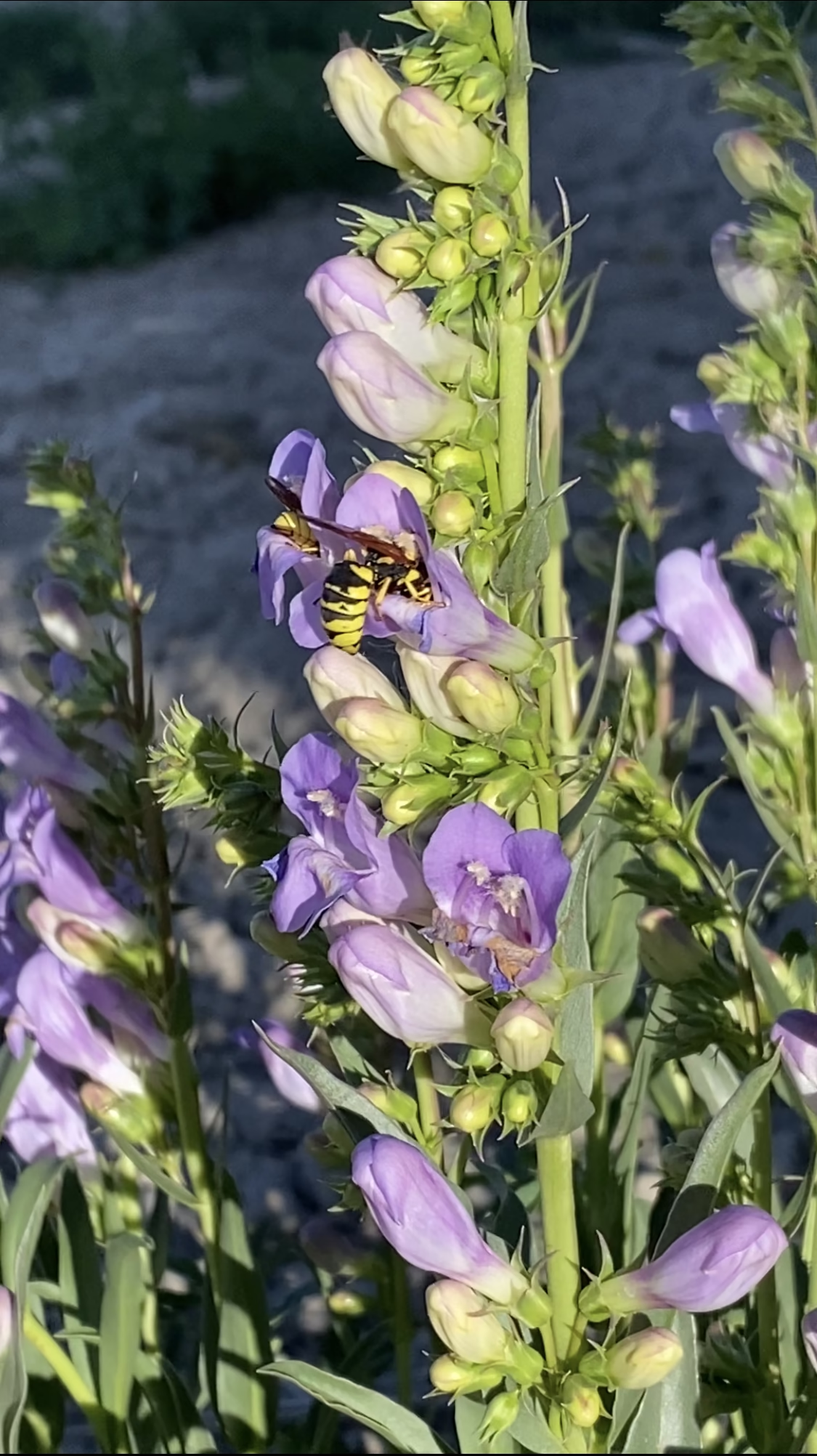
Want a buzzing, fluttering, nectar-drunk crowd in your garden? Creating a pollinator-friendly gardening space starts with choosing the right plants. Here’s how to find the best native pollinator-friendly plants, no matter where you are:
- Check with Local Extension Services – Universities and state agricultural programs love handing out plant lists like candy.
- Hit Up Native Plant Societies – These folks are the plant nerds you need in your life. Look up groups like the Colorado Native Plant Society for deep-dive resources.
- Pollinator Partnership’s Plant Finder – Enter your zip code at Pollinator.org and get a custom guide. It’s like a dating app for plants and pollinators.
- Ask Your Local Nursery – The good ones will steer you toward regionally adapted plants rather than big-box store heartbreakers.
Native Plants That Won’t Just Look Pretty, They’ll Feed You Too 🍓
If you want a garden that pulls double duty, consider these edible and medicinal natives that thrive in harsh conditions. Incorporating food-producing native plants into your high desert garden supports sustainability and self-sufficiency.
- Chokecherry (Prunus virginiana): Tart berries for jams and syrups. Also, a favorite for birds who think they own your yard.
- Prickly Pear Cactus (Opuntia spp.): Eat the pads, eat the fruit, and enjoy a plant that looks like it’s straight out of a Western movie.
- Threeleaf Sumac (Rhus trilobata): Berries that can be brewed into a tea? Count me in.
- Wild Onion (Allium cernuum): A native plant that gives you free onions? That’s a yes from me.
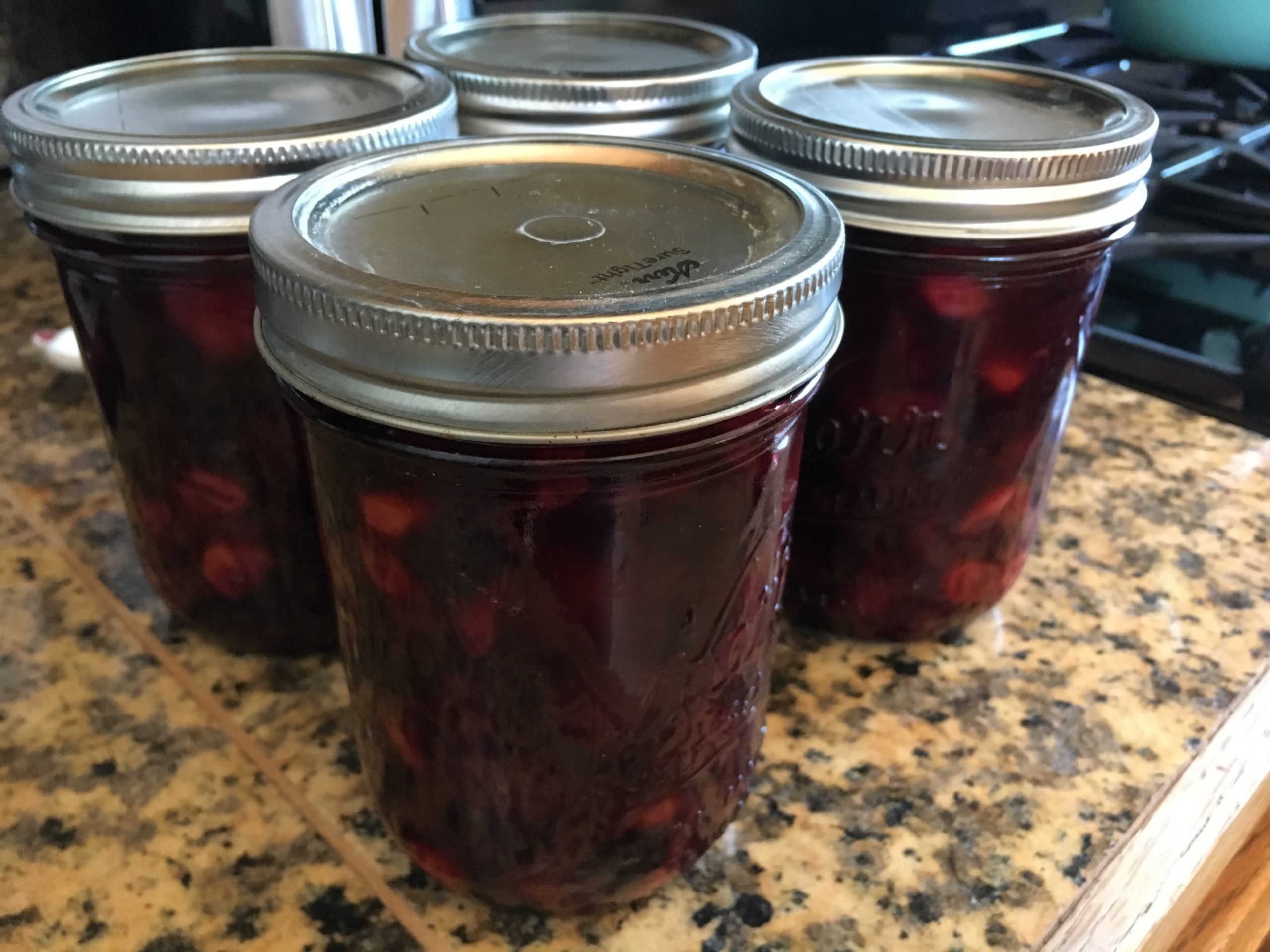
How to Keep Your Desert Garden Low-Maintenance 🤠
- Mulch is your best friend. It conserves moisture and keeps invasive weeds from taking over your life.
- Group plants that like the same conditions. Stop forcing your plants into bad relationships.
- Ditch the pesticides. Native plants bring in the good bugs that eat the bad bugs–nature’s own pest control service.
- Choose seed-grown natives over cultivars. Keep things wild and genetically diverse.
Embrace the Chaos and the Beauty of Native Gardening 🌿
Forget the picture-perfect English garden–out here, we let nature do its thing. Native gardening is about working with the land, not fighting it. Whether you are in the high desert like me or somewhere else, finding plants adapted to your region means less work, less water, and more joy. A pollinator-friendly gardening approach not only helps the environment but also makes your yard a haven for hummingbirds, butterflies, and bees. Start small, plant what thrives, and let the pollinators and wildlife move in. Just be prepared! Once your garden is popping, you may become that person who won’t stop talking about plants at dinner parties.

Related Posts You’ll Love
🌻 My Accidental Wildflower Garden: A Busy Gardener’s Guide to Meadowscaping
🥕 Harvesting Carrots: A Mystery Critter and a Happy Haul
🌱 Building Your Backyard Garden from Scratch: Essential Tips for Success
🌿 Defeating Bindweed: A Gardener’s Battle
🐥 When to Move Chicks Outside: A Guide to Transitioning Chicken Pullets from the Brooder
🕷️ Tarantula Migration: A Unique Natural Phenomenon in Southwest Colorado
🧺 Shop My Favorite Gardening Tools and Decorations on Amazon (affiliate link)
Don’t Miss a Stitch! 🧶
Love cozy knitting projects? Sign up for my newsletter to get more free patterns, helpful tips, and updates straight to your inbox. 💌































